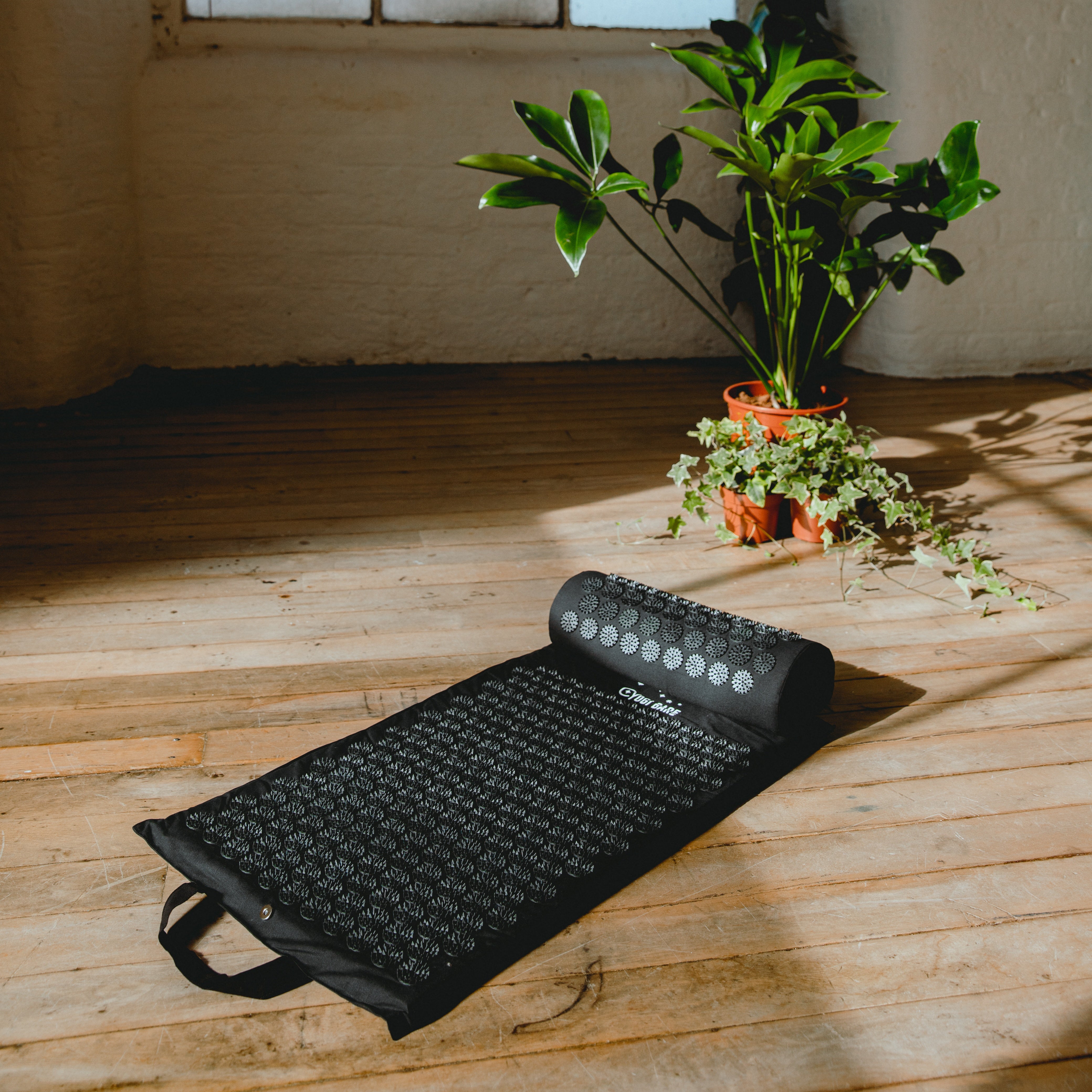If you’ve ever had a massage or spa treatment, it’s very likely that you’ve experienced acupressure in some form or another. While it originated in China thousands of years ago, fast forward to 2021 and there’s never been a better time for millennials to incorporate acupressure into modern life. With precious little time for self-care and way too much time staring at screens, acupressure can be just the tonic to relax, re-energise and release muscle tension.
A Brief History of Acupressure
Acupuncture and acupressure are closely related, and it’s thought that these therapies originate in China dating as far back as 2000 B.C. Over time, these practises spread across the world and different disciplines developed. Shiatsu, the Japanese version developed to use palm pressure, stretching, kneading and other manipulation along with the finger and thumb pressure. Reflexology, another form of acupressure concentrated on the application of pressure to the sole of the foot.
During the 1960s and 1970s, acupressure began to gain momentum across Europe and America with several Hollywood celebrities dabbling in the practise. Today, whilst it still remains hugely popular across Asia, there are also thousands of acupressure practitioners across the western world. Even the practise of Yoga has embraced acupressure with Acu-Yoga, which focuses on certain yoga poses that place pressure on acupoints.
What is Acupressure?
Acupuncture without needles is a common description for this branch of Chinese medicine. Essentially pressure is applied to specific points on the skin known as acupoints.
It works on the philosophy that a life-force or energy (known as Chi) is constantly flowing along the body through pathways (Meridians). When these pathways become blocked or there’s an imbalance, it’s believed that there’s a knock-on effect which can result in fatigue or illness. So, an acupressure practitioner will apply pressure along the relevant meridians to restore the balance.
How Does Acupressure Work?
Having an acupressure treatment is quite different to a traditional massage. It’s usually done through clothes without oils. A practitioner will apply pressure to stimulate various acupoints around the body. They mostly do this with their fingers and thumbs but may also use their feet and knees.
The acupoints tend to be at the nerve endings of meridians so are easily stimulated and tension in the muscle fibres is released in the corresponding muscle. As a result, energy blockages within meridians are cleared but it's also believed that its effects are more far-reaching and that endorphins that give us an emotional high and relieve pain are also released.
Acupressure is regularly used by Chinese people to manage common ailments, promote wellbeing, and boost the immune system. Over in the west, we’re finally realising just how beneficial acupressure can be and how it can enhance our hectic, and often unhealthy lifestyles.
How Can Acupressure Help Me?
Life these days really is nonstop and it’s important to factor in time for self-care. Couple that with sitting at a desk all day or staring at screens and it’s not surprising that the incidence of headaches, migraines, neck strain, backache, lethargy, poor sleep, and stress have all increased.
The simple technique of acupressure is so quick and accessible and can be used to counteract these common complaints. Research into acupressure has shown that it can help to promote relaxation, improve sleep, and increase energy, as well as ease muscle tension, manage pain, and lessen stress and anxiety.
Acupressure at Home
Imagine being able to have acupressure at home anytime you’d like? Well now you can with the Yogi Bare acupressure range of products. With 210 pressure points on our acupressure mat, the painless round plastic spikes create gentle stimulation, applying pressure to the body where acupuncture would normally apply a needle.
Create a relaxing ritual by using the Yogi Bare Acupressure Pillow, alongside a Yogi Bare Acupressure Mat 20-40 minutes several times a week. We’d recommend experimenting with the position of your acupressure pillow which should be arranged under the neck crevice and feel comfortable. You might also want to try positioning your legs up against a wall for extra support.
Why not put on some relaxing music or listen to a meditation? We love a Scentered Aromatherapy Candle to create the perfect ambiance or if that’s not your thing, try popping on a lavender eye pillow and feel yourself drift away. When you’ve finished, don’t forget to rehydrate with some water as acupressure kickstarts the detoxifying process, so toxins will need to be flushed out.

Leave a comment